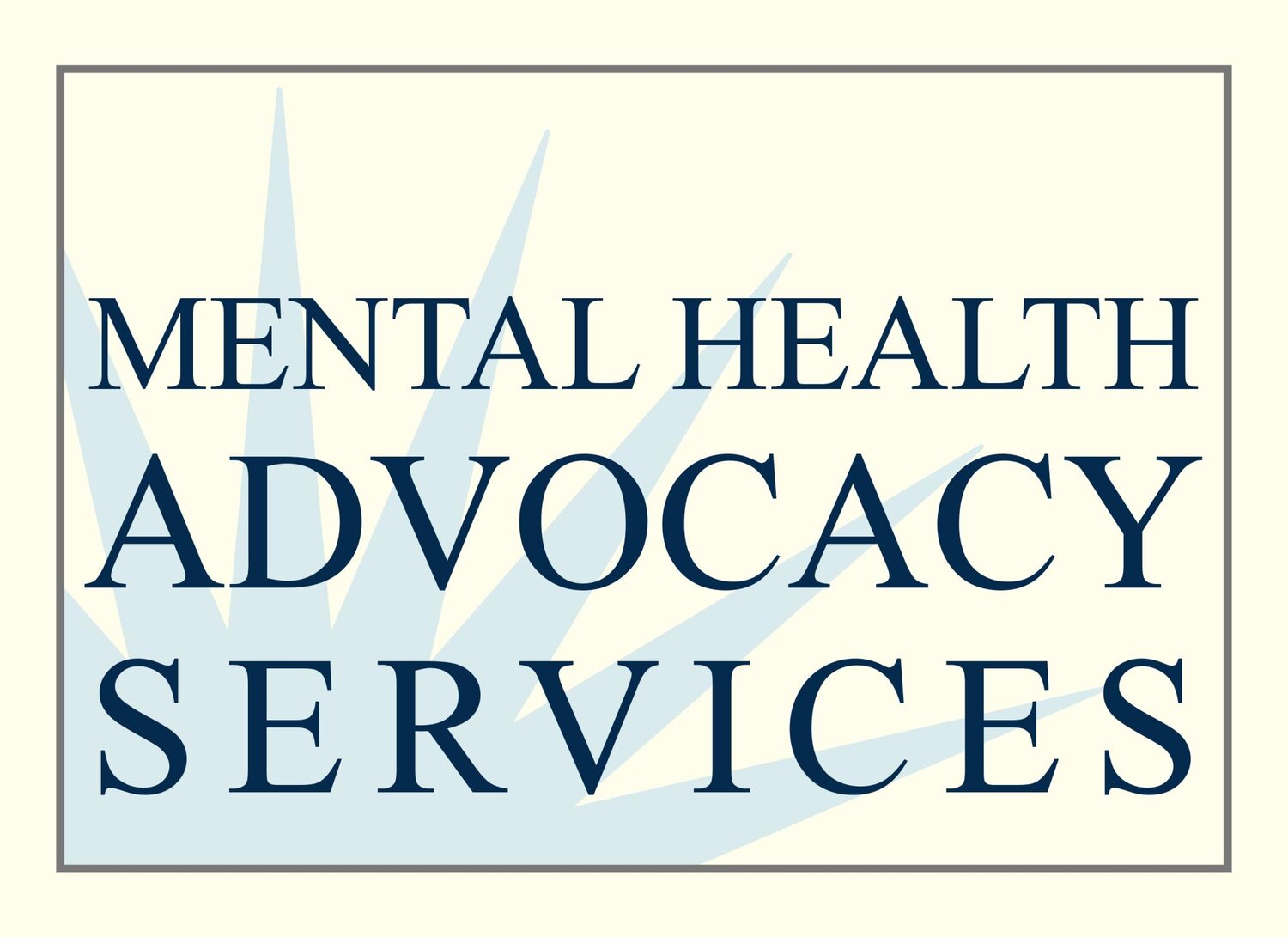MHAS Produces Mid-Year Report on Restorative Justice
by Tanya FranklinTanya Franklin is UCLA School of Law’s inaugural Education Law Public Service Fellow at MHAS.
As I described last week, I firmly believe Restorative Justice (RJ) is improving the school climates at the three schools I’m lucky enough to work with: Roosevelt High School, and Markham and Gompers Middle Schools. After six months of implementation, these three schools have made some great progress in improving social-emotional supports for over 4,000 students at some of the highest-need schools in Los Angeles Unified School District (LAUSD).Over the past few months, I’ve been able to survey staff and students, conduct interviews and focus groups, and support RJ Coordinators in their first year of rolling out a solid restorative justice program. I’ve captured some of the work, reflections, and recommendations in a Mid-Year Report, entitled “Restorative Justice in Three Partnership Schools: Transforming School Culture and Discipline through Respect, Relationships, and Responsibility.” The report describes the program’s goals, activities, and best practices, as well as suggests key principles and considerations for the Partnership for Los Angeles Schools and LAUSD.One area the report discusses that I haven’t yet heard others really talk about is the need for alignment between restorative justice and LAUSD’s Teaching & Learning Framework (TLF). The TLF is the District’s common language that describes the many strategies needed for effective teaching and learning. It lists observable skills that relate to the basic teaching standards of lesson planning, delivering instruction, professional responsibilities and growth, as well as classroom environment – which is the perfect place to talk about restorative justice. RJ is a great way to create an environment of respect and rapport (TLF 2a) and respond to student behavior (TLF 2d2). As a former classroom teacher and instructional coach, I know how important it is to align initiatives and instructional language so that messages are clear to both students and teachers.As the Partnership’s RJ programs continue to grow and LAUSD looks to expand restorative justice to all schools by 2020, I find the unity clap (with which we end every Task Force meeting at Roosevelt) to be a helpful analogy. The unity clap demonstrates that change starts slowly, but picks up great momentum as participants join in. You can’t help but get excited, feeding off the collective energy. The unity clap closes with a call and one final group clap, exhibiting that togetherness is invigorating.It is my hope that each of the three schools, the Partnership and LAUSD all approach the roll out of restorative justice like a unity clap. RJ implementation may start slowly, with the understanding that many school staff members are being asked to make a paradigm shift around school culture and discipline – yet it is a shift that aligns well with the instructional language of the Teaching & Learning Framework. It will then pick up speed when resources are provided to train teachers, collect data, and share best practices. And it will be communally energizing when all stakeholders participate in the restorative strategies our students and school staff need to improve school climate and ultimately, to increase student achievement.
